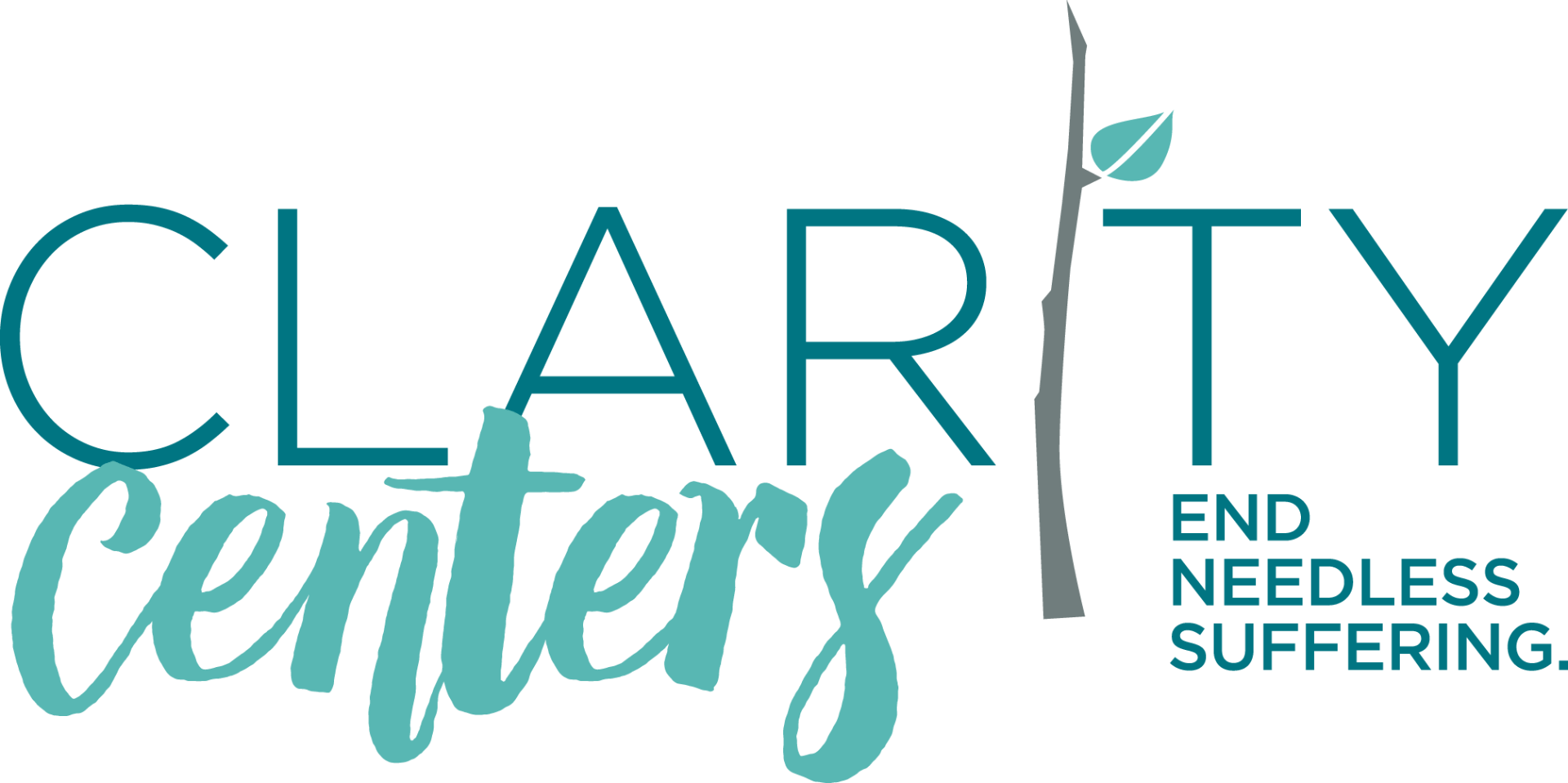Damaged But Not Flawed

Science Fiction can be a powerful medium for the outlandish narrative that speaks to the mundane changes occurring all around us. We can learn something about our current situation by suspending belief for a story about a possible future.
Amazon has created a new series based on a classic science fiction story: “The Man in the High Castle” written by Phillip K. Dick. While this is a case of the book being better than the movie, the series has new themes and twists that I’ve come to appreciate. I have to say that when season two came out, I was ready to watch. One of the lovely plot lines occurs around the character of a Japanese leader who intuits that reality may not be all it seems. He takes a mysterious journey along an “alternate time line” in which things have turned out differently between his wife and son. In that time line, he is confronted with the result of his own angry and controlling personality in the symbolism of a cherished but broken cup.
In a touching scene, this character finds redemption in secretly repairing and then gifting the cup to his family. He makes the repairs with the Japanese technique called “kintsugi”. Kintsugi means golden joinery or repair of a broken pottery item using a lacquer mixed with gold or another precious metal. The technique embraces damage as a part of the history of an object, rather than something to disguise. The person emphasizes the flaw with the precious gold, and in doing so causes the viewer to consider whether the flaw creates more beauty.
Some have described this technique as representing the state of mind of existing more fully in the moment, or even of having an openness in the midst of changing conditions. I would be hard pressed to find better symbolism for the work that my psychotherapy patients accomplish. So much of life is about finding a centered strategy for moving through and beyond the past damage people experience. It is very difficult to be able to see your flaw, or mistake, or brokenness as possibly something that adds value. The kintsugi pottery confronts you with the possibility that damage can be transformed. Sometimes our flaws are a pathway to seeing beauty.
